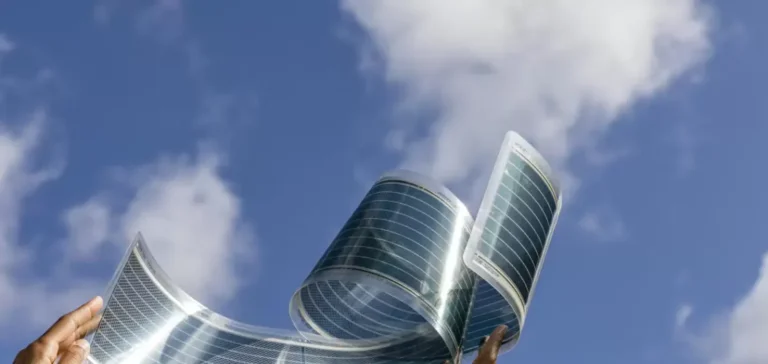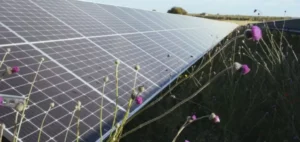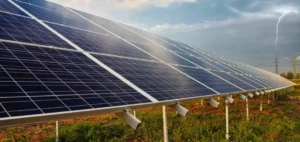The international photovoltaic (PV) films market is projected to grow significantly, from $14.05bn in 2025 to $41.59bn by 2034, registering a compound annual growth rate (CAGR) of 12.8%, according to a report from MarketsandMarkets published on July 7, 2025.
Key technological innovations
This substantial growth is primarily driven by the emergence of new photovoltaic technologies such as Tunnel Oxide Passivated Contact (TOPCon) and Heterojunction (HJT) technology, which require specific encapsulation solutions. These advanced solar cells offer better energy efficiency than traditional silicon-based models. However, their vulnerability to extreme environmental conditions leads to a heightened need for protective films that enhance electrical insulation, thermal stability, and UV protection.
Among these innovations, HJT cells combine crystalline silicon with hybrid amorphous silicon layers, necessitating improved encapsulation to prevent the negative effects of potential-induced degradation (PID).
Dominance of polyvinyl butyral (PVB)
According to the MarketsandMarkets report, polyvinyl butyral (PVB) is expected to remain the primary material used for manufacturing photovoltaic films during this period, holding the largest share of the market in terms of value. Originally developed for laminated safety glass in the automotive and construction industries, PVB is valued for its optical clarity, strong adhesion to glass, and its ability to protect solar cells from harsh environmental conditions such as extreme heat, high humidity, and high UV exposure.
Additionally, PVB enhances the mechanical strength and impact resistance of photovoltaic modules, preserving their energy efficiency during transportation and installation. The recent development of bifacial and building-integrated photovoltaic (BIPV) systems is expected to further increase the demand for this type of encapsulation.
Asia-Pacific dominates market outlook
The report also indicates that the Asia-Pacific region will remain the largest consumer of photovoltaic films globally during this period. The Asian market benefits from an established supply chain, easy access to raw materials, and a competitive technical expertise in solar panel manufacturing. China, India, Japan, and South Korea are among the leading countries driving the solar sector in this region.
The Chinese government continues to actively support the solar sector through various incentive policies and ambitious solar capacity installation goals. Meanwhile, Asia-Pacific attracts substantial investments in energy security and promotes local production of high-quality solar equipment at competitive costs.
The rapid growth of ground-mounted photovoltaic installations, particularly in semi-arid areas with low land-use conflicts, represents a significant portion of the photovoltaic films market, directly contributing to the expected global demand increase.






















